Can draw the line.
(Donald Urquhart from Daily Serving)
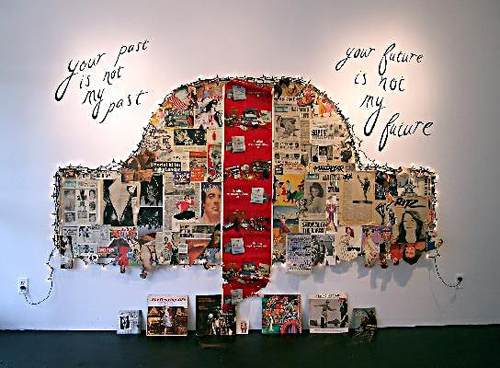
Regina Hackett takes her Art to Go
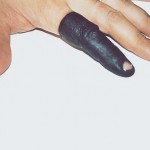
That old grade-school test question - Which of these does not belong? - offers a key to the aesthetics of the expressively hot, as opposed to the classically cool. The hint of crazy within the solid citizen, the blood in the water and the worm in the rose (mortal, guilty) move us in a way that visions of perfection rarely do. In honor of the flaw, a small survey of its recent, robust manifestations. Douglas Gordon Three Inches (Black) 1997 (image via) Susan Robb: Three from the last … [Read More...]
Filed Under: Uncategorized
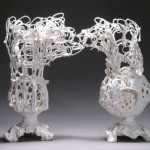
If human history were underwater, Alwyn O'Brien's ceramic vessels could serve as the bleached bones of the Ancien Regime, the decorative drained and dead on a dark sea floor. 4 Descending Notes 2010 Manganese Clay and Glaze 9" x 7" x 5 1/2" Hand-rolled coils make her lacy vessels. Born past their prime, they are in their own weird way pristine. Story of Looking, 2010 Porcelain and glaze, Two Pieces 12 1/2" x 14" x 5" Following Thelonious Monk, she knows how to use the wrong … [Read More...]
Filed Under: Uncategorized
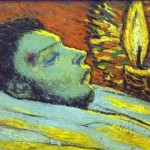
Collectors who hire experts to solve problems that don't exist till help arrives are responsible for the equivalent of bad face lifts on old masters. What the artists intended too frequently recedes under an abrasive cleaning or a deadening layer of varnish. Current practices discourage irreversible interventions. That means John Currin's work is a little safer than artists who preceded him, such as Picasso, although having the money to buy good advice doesn't guarantee it will be heeded. … [Read More...]
Filed Under: Uncategorized
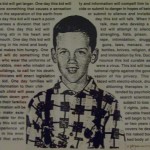
Nice to see David Wojnarowicz (wana-row-vitch) back in the news, making the monkeys dance. It's no surprise that the usual people want to use their deliberate misunderstanding of his work to rally their frightened base. It's also no surprise that the Smithsonian once again proves to be cowardly. Remember its Enola Gay exhibit from 1995? The examination of this country's use of the Atom Bomb started as scholarly and turned into a my-country-right-or-wrong cheering section, after suitable … [Read More...]
Filed Under: Uncategorized
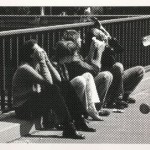
Humans see, humans do: After the first horse drawn on the first cave and the first pot incised with a decorative line, everything became imitation. You don't need a weatherman to know which way that wind blows, or that in the contemporary period, it blows harder. In selecting the 12 artists featured in Image Transfer: Pictures in a Remix Culture, associate Henry curator Sara Krajewski looked for those whose engagements with image recycling make them visual mix masters of note, those who … [Read More...]
Filed Under: Uncategorized
By Regina Hackett Leave a Comment
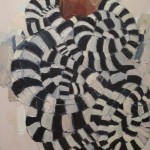
Mequitta Ahuja Wriggle, oil on canvas, 41"X26" 2008. Could have been titled, Medusa takes a nap. Geoffrey Chadsey Welterweight, 2002 Watercolor pencil on rag vellum, tape 57" x 24" Another great Chadsey figure with flowing locks. (Not safe for work.) Lauren Grossman Behold 2003 Iron, wool, steel. 13"x21"x12" Rolls on casters. Mequitta Ahuja, again. Flowback, oil on canvas, 68"X51" 2008 … [Read More...]
Filed Under: Uncategorized
Picasso’s bull lands with a thud in the new world. All its pleasure torn with rough strife through the iron gates of life is one more object that clings to its glory days in a crowded room.
Saul Bellow, from Humboldt’s Gift:
Humboldt wanted to drape the world with radiance, but he didn’t have enough material. His attempt ended at the belly. Below hung the shaggy nudity we know so well.
Grant Barnhart, at Ambach & Rice
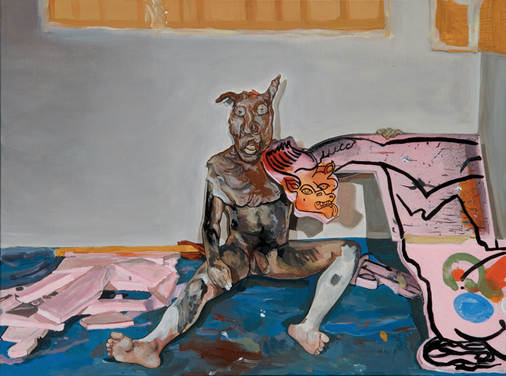 Opening Oct. 8 at the Seattle Art Museum, Masterpieces from Musée National Picasso.
Opening Oct. 8 at the Seattle Art Museum, Masterpieces from Musée National Picasso.
Debra Hampton, image from Look Into My Owl.
Suit of Armor #2, recyclable plastic containers and lids, glue, spray
paint and clear glaze, 2010
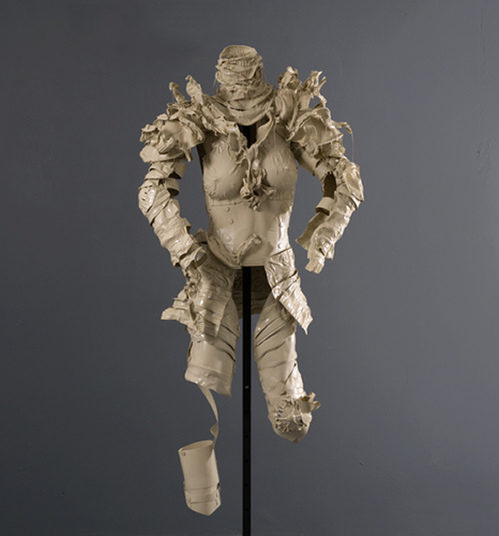 Dan Webb, Skin, 2009. Rawhide
Dan Webb, Skin, 2009. Rawhide
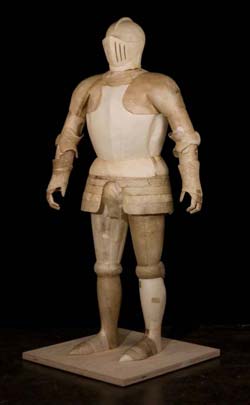 Webb again, Mr. Fixit, Duct Tape
Webb again, Mr. Fixit, Duct Tape
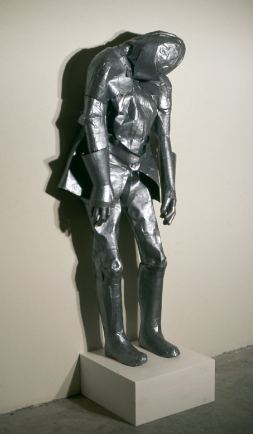
Somewhere between sculpture stand and Donald Judd, Alon Levin makes his pitch. He’s an impersonator, and his work is his wisecrack. It appears to be waiting to launch, but the launch doesn’t come. The jokes are on the tip of his tongue. His installations look like storage, but the pieces inside each one don’t quite make it as pedestals. What art would want to stand on the snappy splendor of such glory hogs?
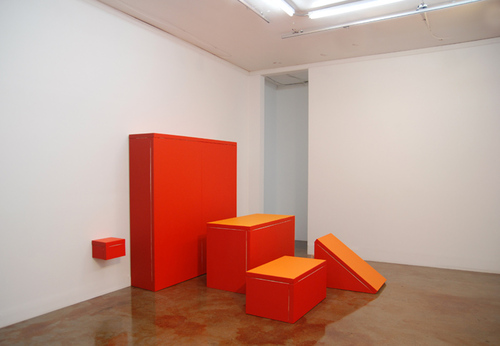 Once upon a time, a sculpture stand woke up as a painting. (Little lamb, if you are able, turn yourself into a table.)
Once upon a time, a sculpture stand woke up as a painting. (Little lamb, if you are able, turn yourself into a table.)
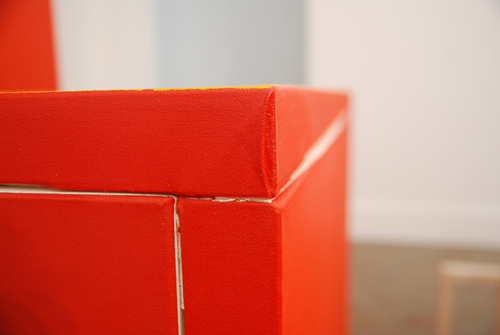 Levin’s backsides cue storage or even construction, the crew on its lunch break.
Levin’s backsides cue storage or even construction, the crew on its lunch break.
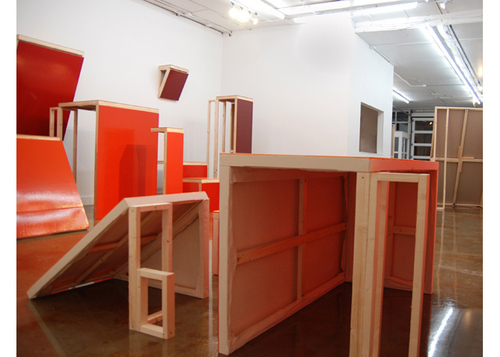 The artist thrusts the bit players of the museum experience into starring roles. They puff up into primary structures but trail a history of their servitude.
The artist thrusts the bit players of the museum experience into starring roles. They puff up into primary structures but trail a history of their servitude.
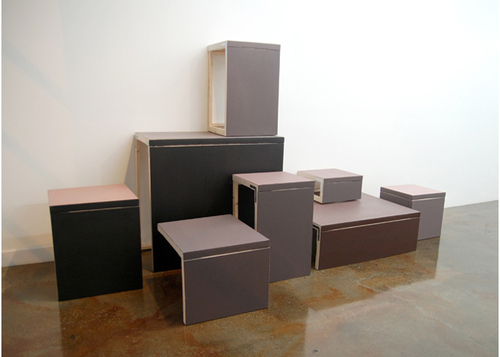 They are also fun forests for purists.
They are also fun forests for purists.
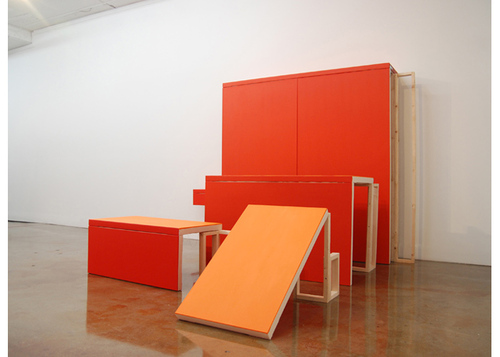 Levin’s Art for the Masses at Ambach & Rice through March 21. (Related: Roy McMakin, also at Ambach & Rice.)
Levin’s Art for the Masses at Ambach & Rice through March 21. (Related: Roy McMakin, also at Ambach & Rice.)
From Alon Levin’s Things Contemporary:
Leviathan is the title of Thomas Hobbes’ 1651 work on social order and the creation of an idea state. The cover art illustrates a giant made of individuals in the form of a monarch. In the book, Hobbes argues for a social contract and absolute sovereignty.
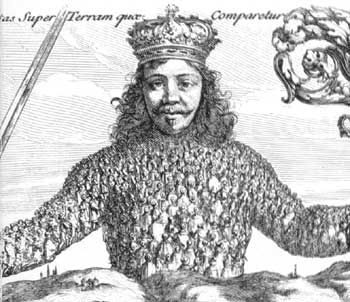
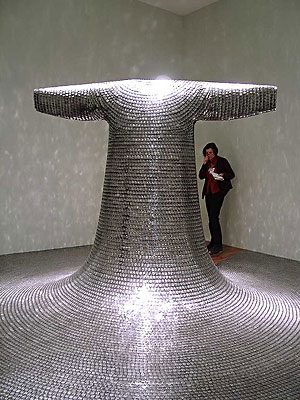 Alon Levin’s Art for the Masses is at Ambach & Rice through March 21. Review to follow.
Alon Levin’s Art for the Masses is at Ambach & Rice through March 21. Review to follow.
From Jason Kottke:
Steven Levy on how
Google’s search algorithm has changed over the years.Take, for instance, the way Google’s engine learns which
words are synonyms. “We discovered a nifty thing very early on,” Singhal
says. “People change words in their queries. So someone would say,
‘pictures of dogs,’ and then they’d say, ‘pictures of puppies.’ So that
told us that maybe ‘dogs’ and ‘puppies’ were interchangeable. We also
learned that when you boil water, it’s hot water. We were relearning
semantics from humans, and that was a great advance.”But there
were obstacles. Google’s synonym system understood that a dog was
similar to a puppy and that boiling water was hot. But it also concluded
that a hot dog was the same as a boiling puppy. The problem was fixed
in late 2002 by a breakthrough based on philosopher Ludwig
Wittgenstein’s theories about how words are defined by context. As
Google crawled and archived billions of documents and Web pages, it
analyzed what words were close to each other. “Hot dog” would be found
in searches that also contained “bread” and “mustard” and “baseball
games” — not poached pooches. That helped the algorithm understand what
“hot dog” — and millions of other terms — meant. “Today, if you type
‘Gandhi bio,’ we know that bio means biography,” Singhal says. “And if
you type ‘bio warfare,’ it means biological.”Or in simpler terms, here’s a snippet of a conversation that Google
might have with itself:A rock is a rock. It’s also a stone, and it could be a
boulder. Spell it “rokc” and it’s still a rock. But put “little” in
front of it and it’s the capital of Arkansas. Which is not an ark.
Unless Noah is around.
Image via:
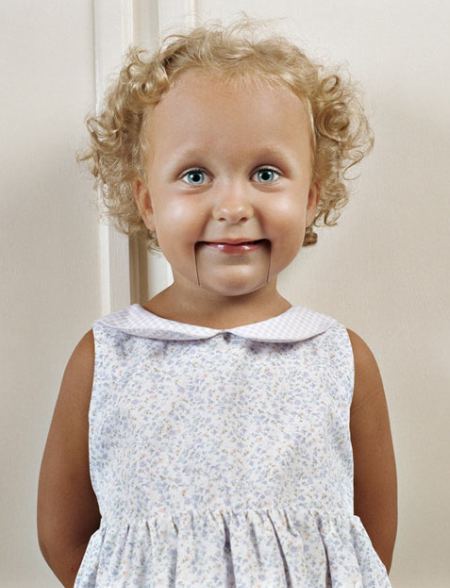
My instincts are wrong for this. Watching artists draw in a bar seems a little like watching animals in a zoo. Paul Simon thinks they love it if you do, but there’s room for doubt. From an impeccable source I once heard of a monkey in Sacramento who’d hold a mouthful of water while doing a little dance. After a crowd had gathered around his cage, he’d soak as many as he could reach with his soggy calling card.
Seattle painter Robert Hardgrave created Drum of the Draw to be a bridge between artists and audiences. Participants tonight at Grey Gallery include Joel Astley, Rachel Maxi, Julie Alpert, Diane Calhoun (wrong in gallery material) Culhane, Patricia Hagen, Daniel Mitchell, Joseph Keppler, Brian Cypher, Michael McGovern and of course Hardgrave tonight, 5 to 9 pm.
All artwork will be available for purchase, and will be priced from $20- $200.
Grey Gallery is a lounge and stocks a full bar and menu, so come join us!
Hardgrave:
Stop me if you’ve heard this one. An artist walks into a bar.
You live in the Northwest, you’ve heard it, but not, apparently, if you hail from New York. That’s why Northwest context is the only thing lacking from Charles McGrath’s elegant essay on Theo Sim’s conceptual Irish bar in Vancouver, with real alcohol served inside by two real Irish bartenders.
VANCOUVER, British Columbia — This city is not just temporary home to the Olympics, it’s a hotbed of conceptual art and conceptual artists. There are also a lot of bars here, some so crowded during the Games that people have been spilling out onto the streets. Fittingly, a new installation on the third floor of the Playwrights Theater Center on Granville Island, the touristy, artsy part of town, examines the subtle conceptual difference between drinking and “drinking” and between the bar as mere watering hole and as self-activating performance space.
The biggest Northwest name in art impersonating architecture is SuttonBeresCuller. Lawrimore Project debuted in July, 2006, with the group’s Chinese restaurant inside the central gallery space.
Titled 3 Dragon, it was a homage to the neighborhood. Because SBC built it inside a crate, Scott Lawrimore was as surprised as anybody else to see a restaurant inside his gallery. When the three artists were ready, they collapsed the walls and stepped out. Inside the restaurant, people were eating. (What else would they do in a restaurant?)
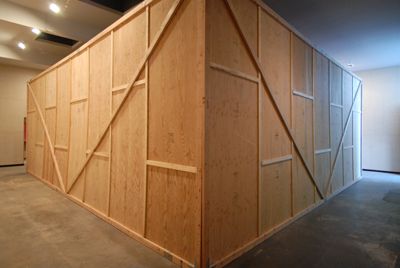
 Also from SuttonBeresCuller, an art gas station still in the works, progress slowed by underground sludge left over from the real gas station. If they solve this problem, they’ll be the patron saints of the EPA. One more in the same vein: SBC’s There Goes The Neighborhood.
Also from SuttonBeresCuller, an art gas station still in the works, progress slowed by underground sludge left over from the real gas station. If they solve this problem, they’ll be the patron saints of the EPA. One more in the same vein: SBC’s There Goes The Neighborhood.
Justin Colt Beckman, Honky-Tonk, 2008 An installation and performance as a bar, with sawdust on the floor, a deer head bought on eBay and real beer in the fake bar. The paintings of mountains came from Goodwill and the light came from candles in jelly jars. Beckman was on stage in a video, lip-synching to Hank Williams III and looking like the cowboy he isn’t.
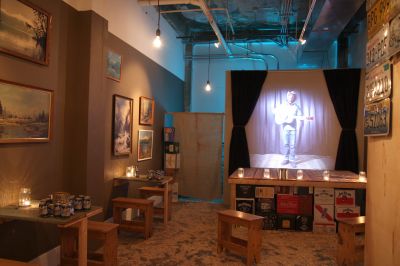 After the gift shop at the Henry Gallery closed and the space went dark, Seattle painter Matthew Offenbacher proposed
After the gift shop at the Henry Gallery closed and the space went dark, Seattle painter Matthew Offenbacher proposed
turning it into an artist space. (Story here.)
Different teams of artists continue to run it on themes of their devising. My personal top pick is The Gift Exchange by Claire
Cowie, Sol Hashemi
and Jason Hirata.
It was
based on a come-one, come-all version of a potlach. Anyone could bring a
gift and take one, or bring several and take several. Cowie, Hashemi
and Hirata set a high standard for the exchange by seeding the original
stock with their work. Inside a museum gift shop was the art version of a gift shop, a success inside a failure.
Back to Scott Lawrimore: At the Aqua Art Fair in Miami in 2005, 2006, Lawrimore built a bar inside his room and served drinks as the art flew out the door. (Those were the days, my friend.)
Lawrimore in green shirt with his artists and one collector. Right to left, Tivon Rice, Susie J. Lee, Ben Beres, somebody who looks like collector Ben (Swallow Harder) Krohn but isn’t, John Sutton and Zac Culler. Behind Sutton and Culler, a landscape by Chris Jordan. 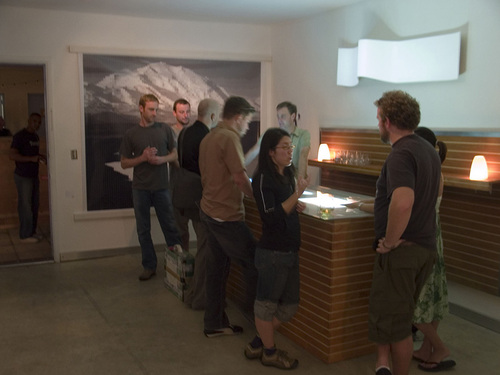 Lastly, from the department of credit where it’s due: None of this would be possible without Ed Kienholz’s Barney’s Beanery from 1965.
Lastly, from the department of credit where it’s due: None of this would be possible without Ed Kienholz’s Barney’s Beanery from 1965.
an ArtsJournal blog


